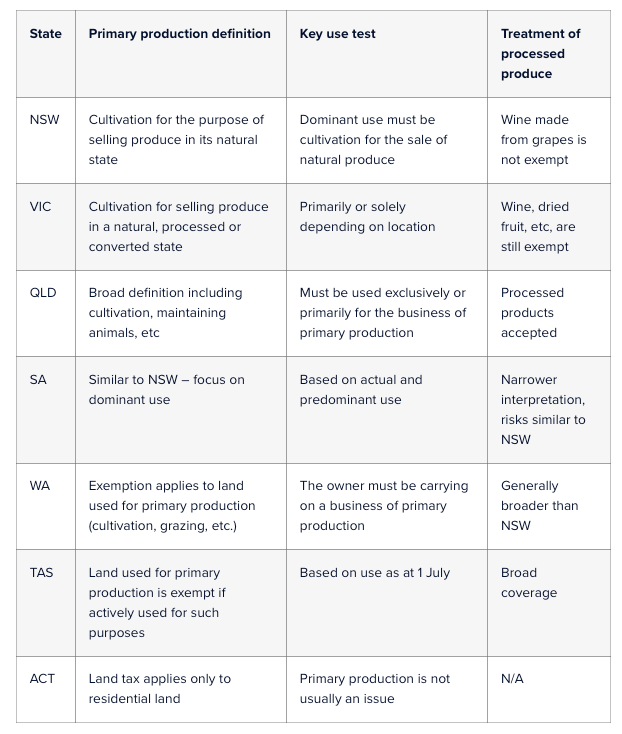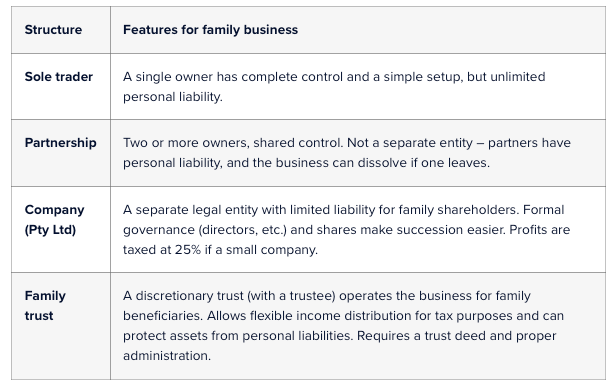P r a c t i c e U p d a t e August -1 2022
Tax time focus on rental property income and deductions
The ATO is focusing on four major concerns this tax season when it comes to rental properties.
Concern 1: Include all rental income
When preparing tax returns, make sure all rental income is included, such as from short-term rental arrangements, renting part of a home, and other rental-related income like insurance payouts and rental bond money retained.
Concern 2: Accuracy of expenses
Not all expenses are the same – some can be claimed straight away, such as rental management fees, council rates, repairs, interest on loans and insurance premiums.
Other expenses such as borrowing expenses and capital works need to be claimed over a number of years.
Depreciating assets such as a new dishwasher or new oven costing over $300 are also claimed over their effective life.
Concern 3: Capital Gains Tax upon sale of a rental property
When selling a rental property, capital gains tax (‘CGT’) needs to be considered and any capital gains or capital losses need to be reported.
When calculating a capital gain or capital loss, it’s important to get the cost base calculation right.
It is also important to note that when selling any property for $750,000 or more, vendors/sellers must have a clearance certificate otherwise 12.5% will be withheld.
These clearance certificate applications can take up to 28 days to process so to avoid delays, sellers should apply as early as practical using the online form.
Concern 4: Record keeping
Records of rental income and expenses should be kept for five years from the date of tax return lodgments or five years after the disposal of an asset, whichever is longer.
Sessional lecturer entitled to superannuation support
The Federal Court has agreed with the ATO that a lecturer providing services to a higher education provider was a common law employee and therefore entitled to superannuation support, despite being engaged as an independent contractor.
The ATO reviewed the situation and concluded that the lecturer was entitled to receive superannuation support. This was on the basis that for superannuation guarantee purposes they were either an ‘employee’ within the ordinary meaning of that term, or was what is referred to as an ‘extended definition employee’ as someone engaged primarily for the provision of their labour services.
Some of the factors which indicated the lecturer was in an employment relationship with the higher education provider included:
- that the lecturer was engaged in his personal capacity and not through an interposed entity (such as a company or trust);
- hat the higher education provider had a right of control over the lecturer, including the question of how, when and where he was required to provide the relevant teaching services; and
- the mode or manner by which the lecturer was to be remunerated was clearly expressed by reference to the time that the lecturer was engaged in delivering lectures and marking, not by reference to any readily identifiable or quantifiable product or result.
Editor: Please feel free to discuss with our office any scenarios where a ‘contactor’ is engaged personally, remunerated on an hourly basis for hours worked and is not provided with superannuation support.
TD 2022/11 – Discretionary trusts and corporate beneficiaries
When a trustee of a trust makes a decision to create an entitlement to income of the trust in favour of a corporate beneficiary (i.e., a privately held company), certain steps need to be taken to ensure that if the entitlement to the distribution remains unpaid (that is, no cash equal to the amount of the entitlement is paid to the corporate beneficiary), that this does not trigger what is called a ‘deemed dividend’ in the hands of the trust.
A deemed dividend is likely to give rise to unwanted taxation consequences for the trust.
Historically, one way to avoid triggering a deemed dividend in such circumstances was to place the amount representing an unpaid distribution in a sub-trust for the benefit of the corporate beneficiary.
With these sub-trust arrangements, the relevant funds are generally being invested in the main trust to be used for working capital or to make plant and equipment or real property acquisitions.
These sub-trust arrangements were typically based on interest only loan arrangements, with the requirement that the principal be repaid at the end of either seven years (i.e., as an Option 1 arrangement) or ten years (i.e., to as an Option 2 arrangement).
The ATO has now formed the view that for entitlements to trust income that come about from 1 July 2022 (effectively from the 2023 income year) that these interest only Option 1 and Option 2 arrangements are no longer sufficient to avoid the potential triggering of a deemed dividend with respect to any unpaid present entitlements.
Broadly speaking, from 1 July 2022, in relation to an unpaid distribution payable to a corporate beneficiary, one way to avoid the unpaid distribution giving rise to a potential deemed dividend is for the unpaid distribution to be replaced with what is referred to as a complying Division 7A loan.
These Division 7A loans are made under S.109N of the Income Tax Assessment Act 1936 (‘ITAA 1936’).
Ordinarily, such a loan is repaid on a principal and interest basis, over seven years, based on an interest rate provided by the ATO for each year of the loan, with annual minimum loan repayments calculated based on a formula provided by the income tax legislation.
Editor: We are happy to advise whether this recently issued Tax Determination has any implications for the way your family group distributes its income.
Pandemic Leave Disaster Payment reinstated
In recognition of the risks associated with more infectious new Covid-19 variants through the winter period, the Federal Government has agreed to reinstate the ‘Pandemic Leave Disaster Payment’ to 30 September 2022, which was otherwise set to end as of 30 June 2022.
Eligibility for the payment will be backdated to 1 July 2022, to ensure that anyone unable to work owing to isolation requirements in this period, without access to paid sick leave, is supported.
Access to these payments will commence from Wednesday 20 July 2022, with existing eligibility requirements to continue.
The Commonwealth and the States and Territories have agreed to share the costs of the payment 50:50.
For each 7-day period of self-isolation, quarantine or caring, the Pandemic Leave Disaster payment is:
- $450 if you lost at least 8 hours or a full day’s work, and less than 20 hours of work: or
- $750 if you lost 20 hours or more of work.
As a reminder, Pandemic Leave Disaster Payments are assessable income and should be reported in the tax return of the recipient in the year of receipt.


